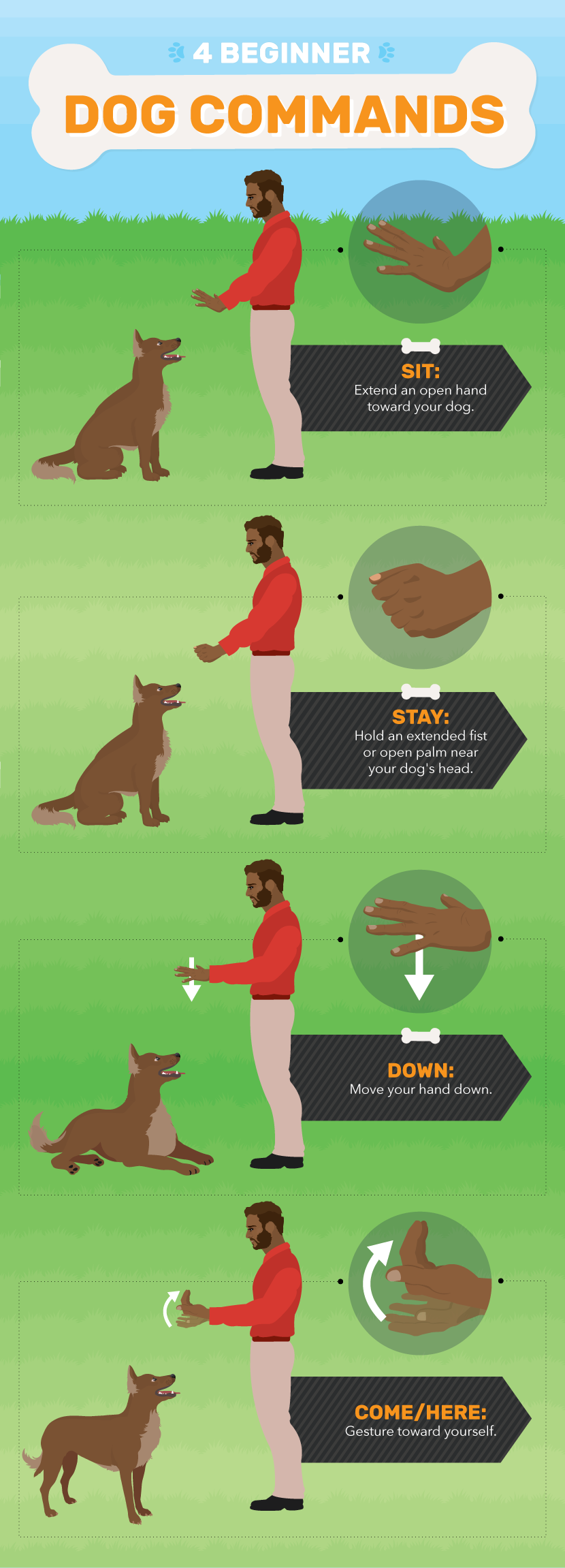Dog Agility Training
Are you tired of trying to get your dog to leave the park after an hour of playing fetch? Does your dog look at you suspiciously when you get ready for yet another mandated run? For dog owners, there’s often a gap between activities that are good exercise for the dog and sports that are fun for the owner. Running and walking are good ways to help your pet burn some energy, but neither provide much of a mental challenge for your dog. If you’re looking for a new sport that keeps both you and your dog on your toes (mentally and physically), consider dog agility.
History
Dog agility involves timed obstacle courses that dogs complete while following their handlers’ commands. There are no treats or rewards, only verbal cues for the dogs. It’s fast-paced and exciting to watch, but it’s even more fun to learn and practice! Agility courses consist of a variety of obstacles, often including weave poles, seesaws, tunnels, jumps, and pause tables, that dogs must navigate off-leash.
The sport is only a few decades old. It was initially created to fill time between events at dog shows, but training dogs to race through obstacles drew heavy interest from dog owners. Today, dog agility is widely popular both at the competitive level and as a fun hobby for dogs and their owners to do on their own schedules. Dog agility has many benefits, including increased health (for dogs and handlers), improved behavior in dogs, and a stronger bond between dogs and their owners. You don’t have to be athletic or have any previous experience to get started with dog agility or to be great at it. Dogs of all ages and breeds as well as owners of all ages and abilities can participate in this sport; there’s even a division for youth handlers.

Behavior
Many dog owners know daily exercise is good for dogs, but agility training combines exercising with a task and the challenge of learning new skills, which stimulates the dog’s brain. Dogs were bred to work alongside humans, and they thrive on having a job to complete. Bored dogs tend to have more behavioral issues than dogs who are challenged with new problems to solve; misbehaving is a way for bored dogs to add variety to their routines. If your dog chews on furniture, doesn’t follow commands, or destroys the house while you’re at work, agility training may help curb these behaviors. Another component of agility training that helps improve dogs’ behavior is the necessity of mastering commands. Most new dog owners intend to train their new dogs by teaching them basic commands, but not all owners succeed in either following through or reinforcing the commands by using them daily. To run a dog through obstacles, the dog and its owner must have a shared language of commands that the dog will easily follow.
Bond
The connections between handlers and their dogs are often much stronger than those between a normal dog owners and their dogs. The time spent working on commands and moving through obstacles together helps bridge the gap between humans and dogs by making the two a team. In agility training, the dog and its handler work together to complete the course. Both have important roles to play: the handler must give clear commands, and the dog has to follow them.
Exercise
Dog agility training is a fun, creative way to improve fitness in both dogs and humans and to add weekly exercise into your routine. If the kind of exercise agility training requires will be challenging for you for any reason, don’t despair! Your instructor can help you accommodate any disabilities. Your level of commitment as a beginning handler can vary greatly depending on your schedule and whether you want to compete in events. For most beginners, agility training requires attending a weekly class and reinforcing the learning for thirty minutes a day, which means it’s not a very time-intensive activity. For those who want to get more involved with competition, the time requirements increase, but it’s no more demanding than other sports or hobbies.

Injuries
Because agility training often involves jumping and fast-paced movement, there is a risk of injury. As with any sport, it’s important that you not start off too fast or too intensely, especially with younger dogs. Puppies younger than one year old shouldn’t participate in dog agility because they are more prone to irreversible injuries. Slightly older puppies should avoid obstacles that involve jumping because they can lead to injuries such as muscle strains or tears. If you’re a dog owner who doesn’t have a regular exercise routine in place prior to starting agility training, it’s a good idea to pace yourself to prevent injury as well. Some handlers train their dogs to follow commands from a greater distance, which allows the owner to remain stationary while the dog works through the course. Some dog handlers compete from wheelchairs, so if you don’t have full mobility, it’s still possible to train and run a dog through an agility course.

Getting Started
In North America, many clubs and instructors offer beginner agility classes for dogs and their owners; some regional SPCA organizations even offer agility training. Before attending one of these classes, make sure your dog can follow a few basic commands, like “sit,” “stay,” and “come.” If your dog doesn’t do well around other dogs or humans, dog agility may not be a good fit. In classes and at competitions, dogs must have the ability to focus while surrounded by other dogs and an audience of spectators. It’s often possible to hire a private instructor and practice agility at your own home; this is a good solution if your dog isn’t used to other dogs but you still want to get him or her involved in agility training.
Embed the article on your site

























































